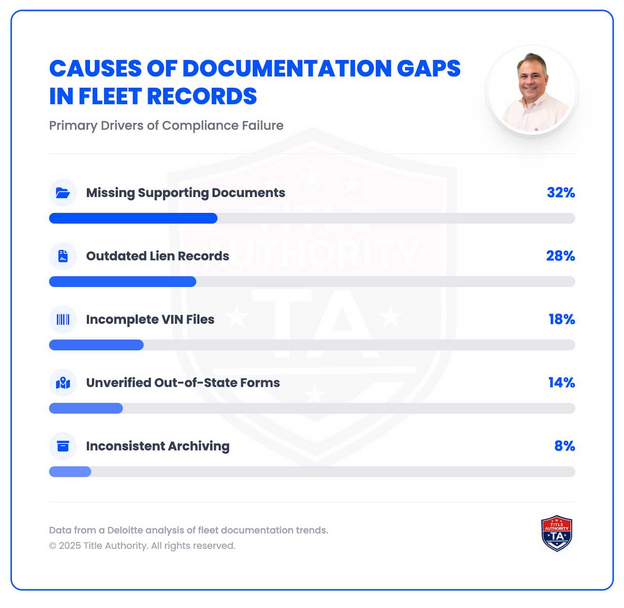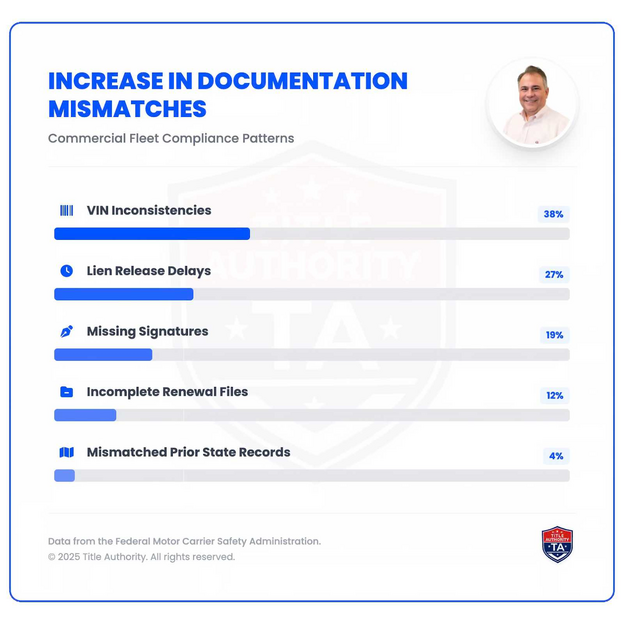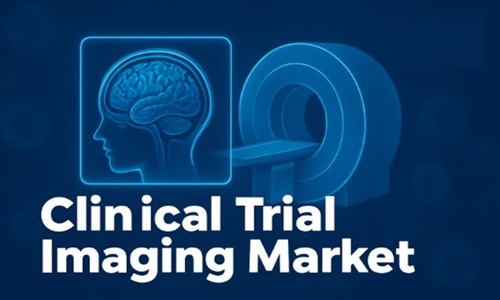The modern idea of success is tied to completing a nine-to-five shift every day, but even with a stable salary, you might not be able to see the true value of your efforts as the weeks drag on. It’s a comfortable routine, but it can also take a toll on your social and emotional health.
You will gain a better perspective of life when you break-free from the grind. That’s not to say you should stop making a living, but there are ways you can sustain yourself without subscribing to such a lifestyle. Here’s an exit plan to help you leave the grind and find a more fruitful life outside of it!
1. Take it one step at a time
It might be difficult from the start when you’re used to a work routine, but it only takes practice and a desire to inject your schedule with variety. Trying a commute route would be a good start. Look for one that gets you to work and back home you haven’t tried before. You should also opt for a different meal. Instead of packing for lunch, try visiting a restaurant you’ve never been to. It also helps if you could come up with better weekend activities than streaming your favorite series. These are simple changes but these will help you realize that there are things in life you can control.
2. Bank on a new skill
You might be a master in your current job, but there is a grand ocean of opportunities out there you can swim in. That can only happen if you invest time, money, and effort in learning a new skill. In your free time during the weekends or the holidays, try joining workshops or attending short courses on skills outside your field of specialty. If your job is in accounting, then try learning a creative skill you can monetize like graphic design or copywriting. It’s a fulfilling experience knowing that you’re putting your free hours to good use and unlocking freelance niches you can jump into.
3. Come up with a business idea
For most people, the best solution to a colorless lifestyle is starting a business. For sure, it’s not as easy as you think considering the complexity of each step, but a business gives you full control of your time. It might require certain sacrifices but so long as you have a good business idea and plan it well, you might have a good reason to leave your day job. All you need is a concept for an innovative product or service as well as financing. If you live in a Spanish-speaking area in Texas, just look up préstamos comerciales en San Antonio, Texas for commercial loan options.
4. Nurture your career advancement
The nine-to-five grind is reserved only for foot soldiers in your company. You have greater freedom if you’re able to work your way up the corporate ladder. Being a supervisor or leader offers variety in your day-to-day activities. Not only will you enjoy a raise, but you will also be provided opportunities for further professional growth. Accomplishing that doesn’t necessarily require hard work. You only need to develop your creative and critical thinking skills and become proactive when it comes to solving problems.
Endnote
Don’t let the nine-to-five grind define the rest of your years. Make the most out of life by escaping it and finding a greater purpose with these tips.





















